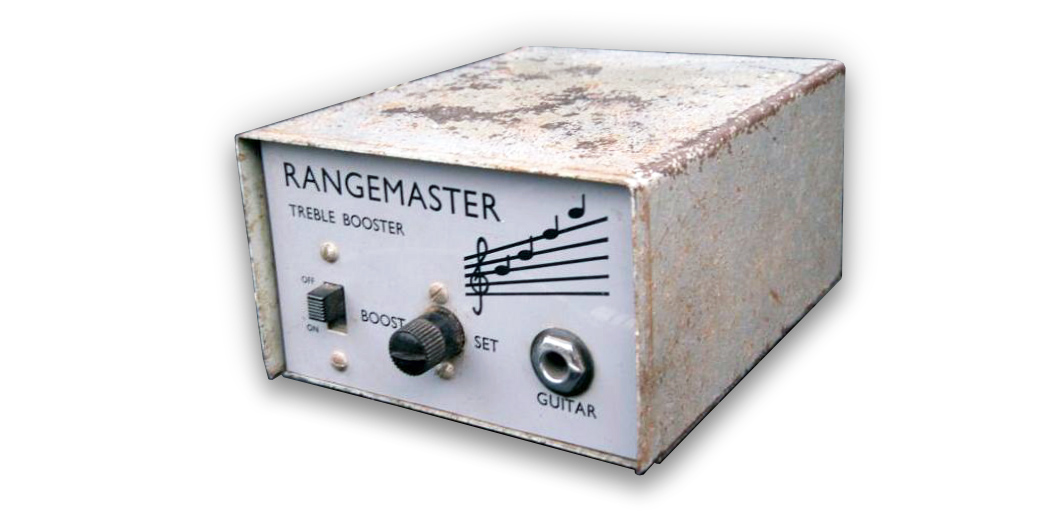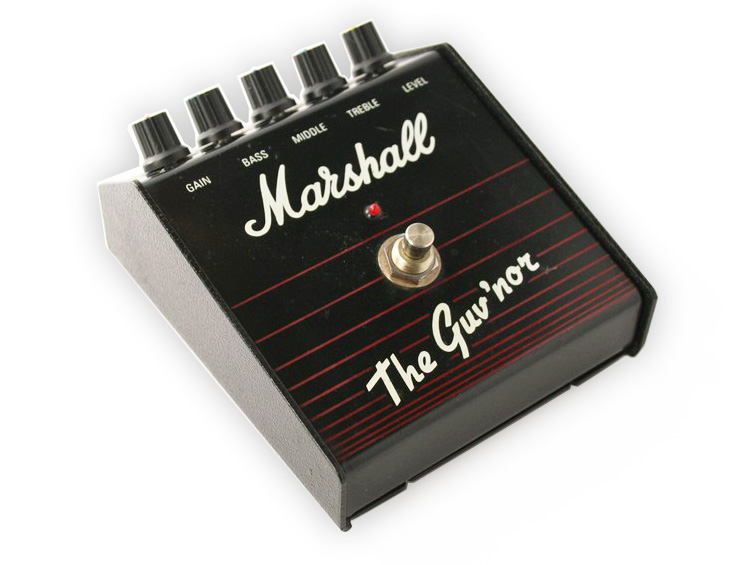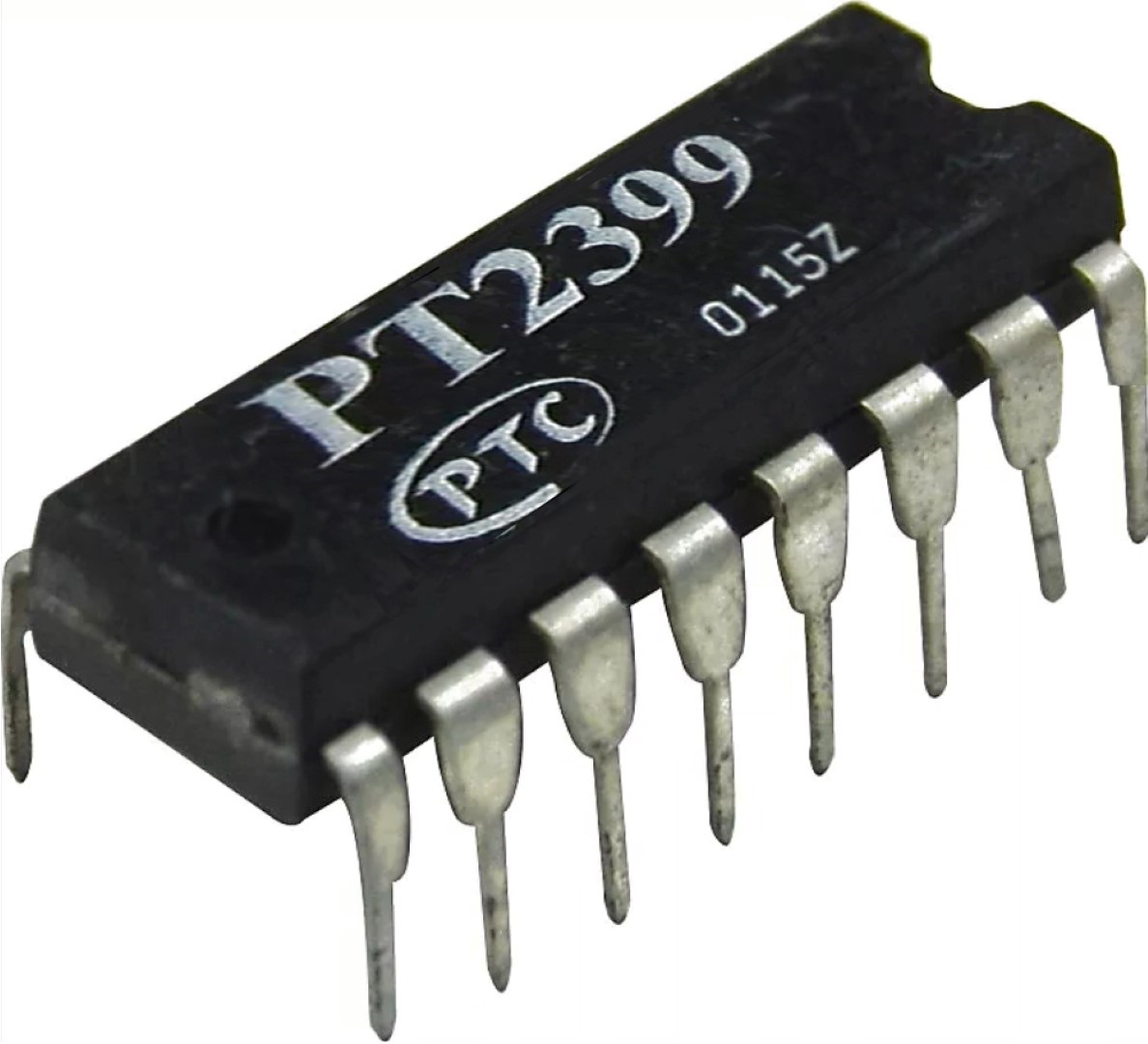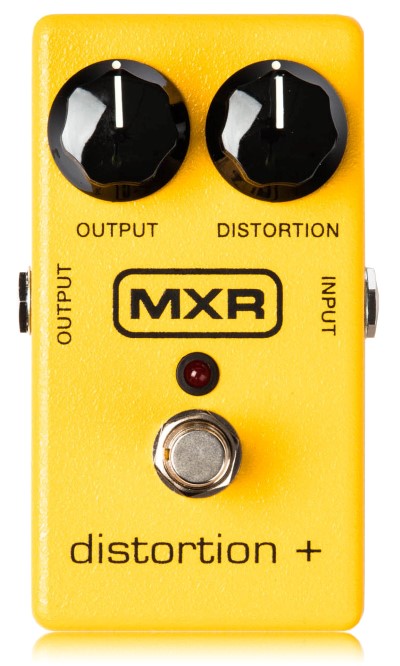Arduino Audio Meter
The Arduino Audio Meter is a programmable guitar pedal that works with the Arduino UNO board. It is able to read the incoming audio signal and create effects on the four 8x8 LED matrices. The project is Open Source and aimed for hackers, musicians and programmers that want to learn about DSP (digital signal processing), LEDs, guitar effects, and experiment without deep knowledge on electronics or programming.
The project is designed to be fitted in a metal enclosure (Hammond 1590BBS) for better protection. There is a big library of codes available written in standard C that can inspire you. You can also post your creations in the Arduino Audio Meter online forum.










